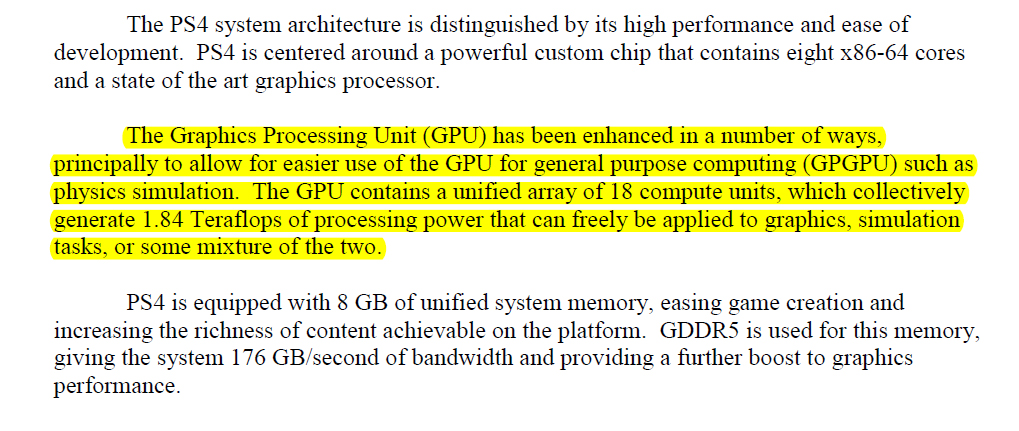I believe it's proprietary and not stock, which to me alludes from Mark Cerny's interview, stating they couldn't get HSA and such on time so they had to make their own...
Granted, running is not the translate cannot automated text brings the understanding disaster.
GAF commented that Orbis does not just include GCN but it extends the latter. *If* they are correct, then Cerny probably meant Sony added something to (try to) achieve some features in a future GCN revision.
I would be surprised if they whipped out their own GCN in such a short time.

